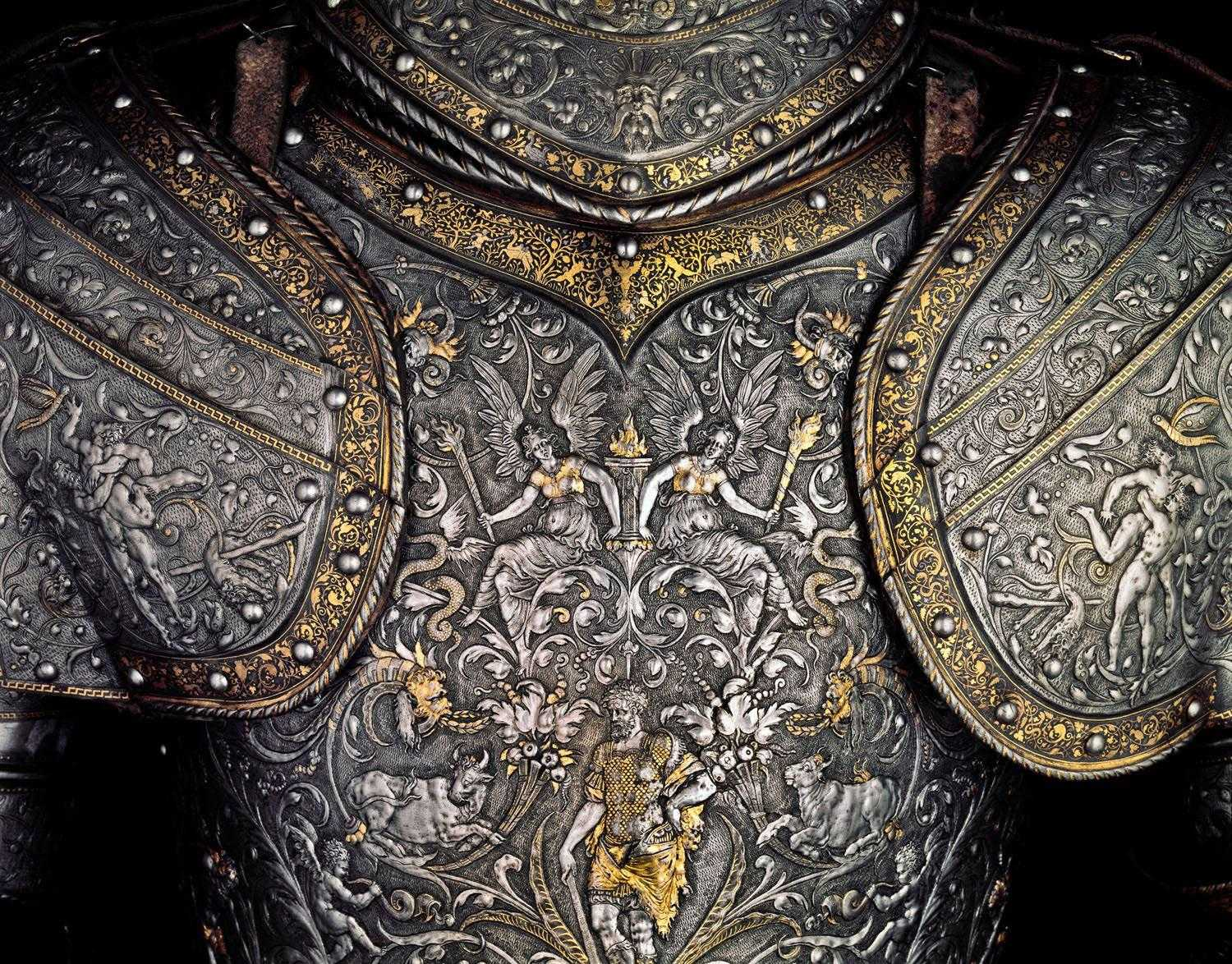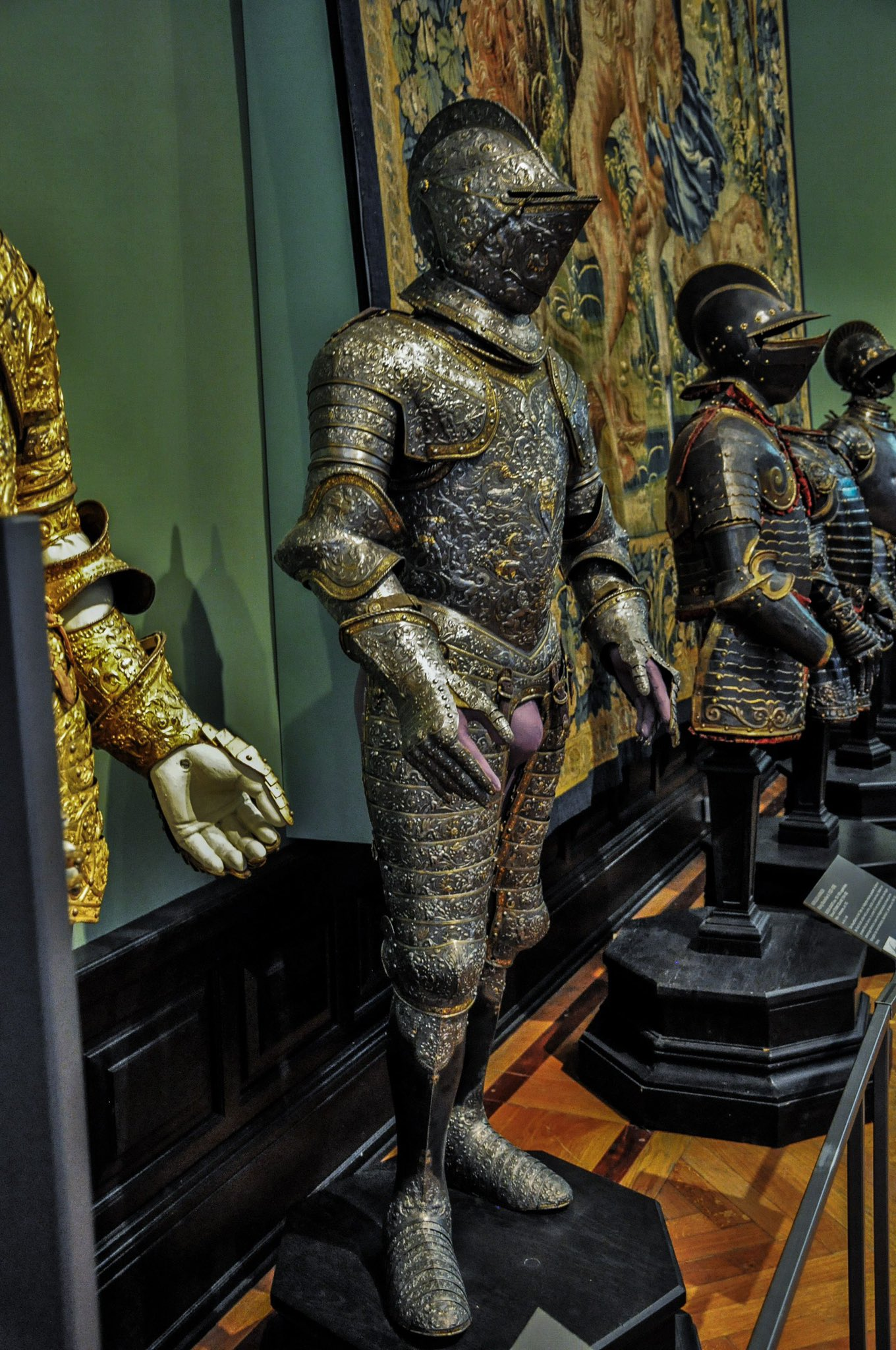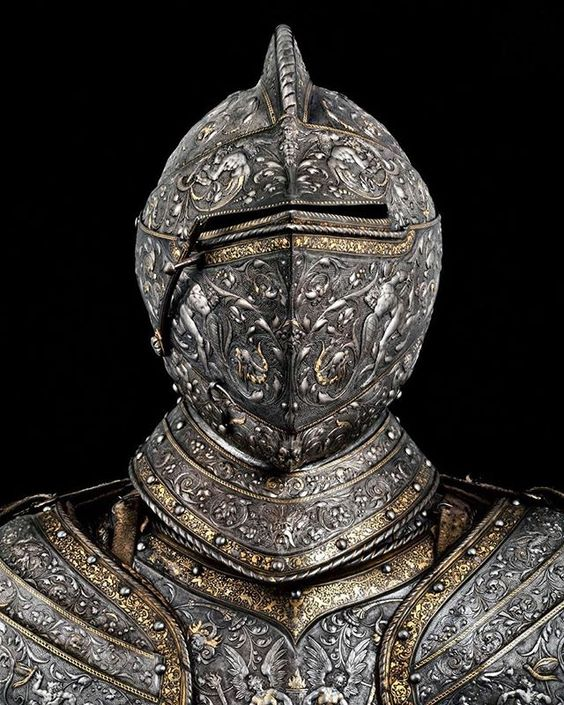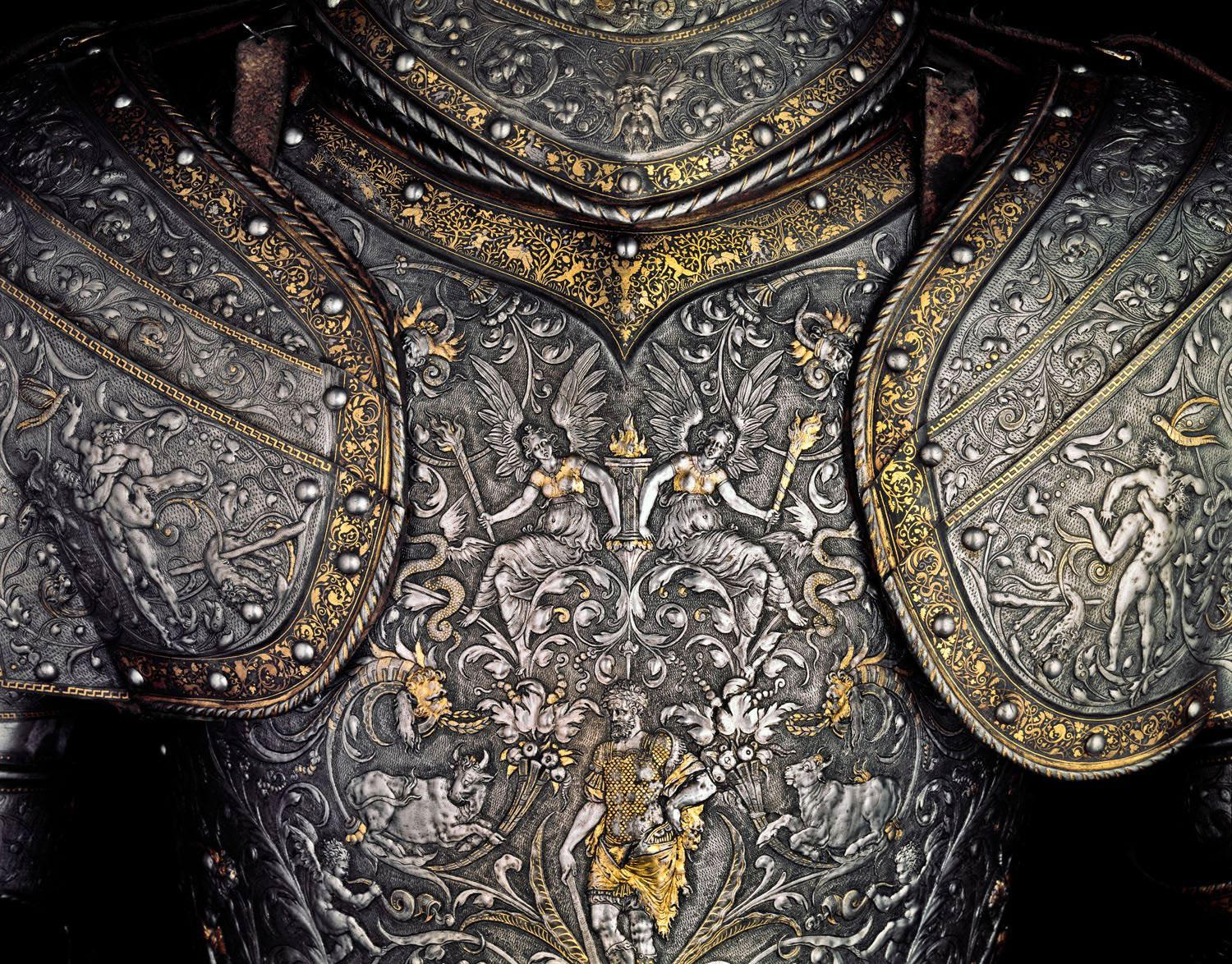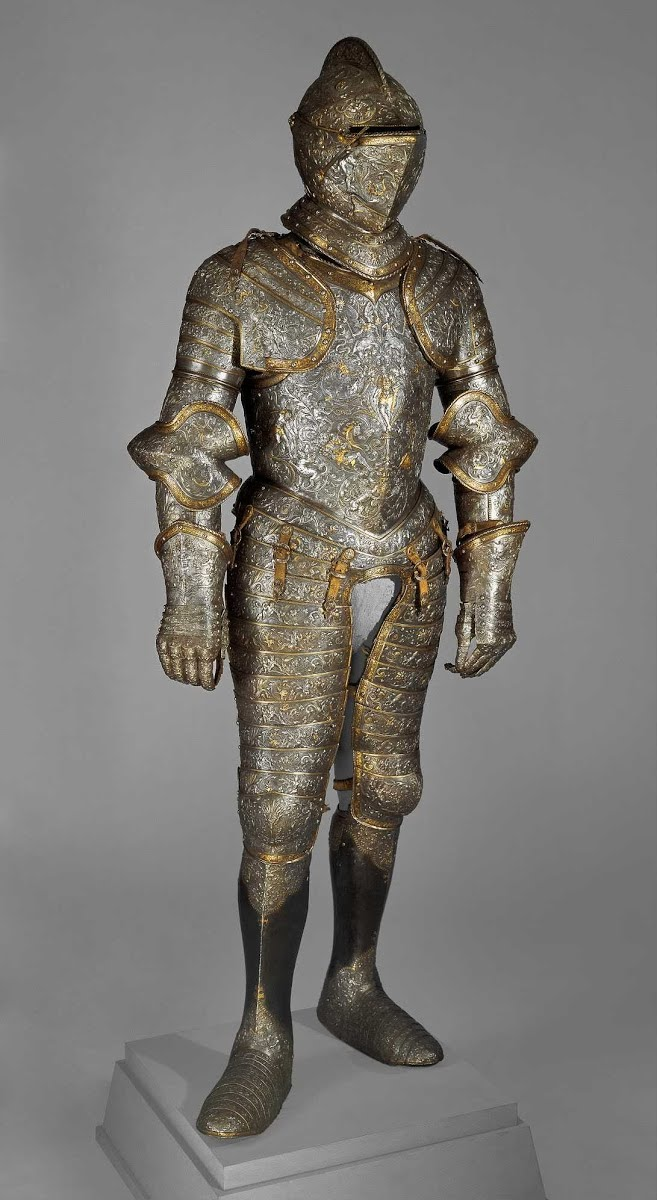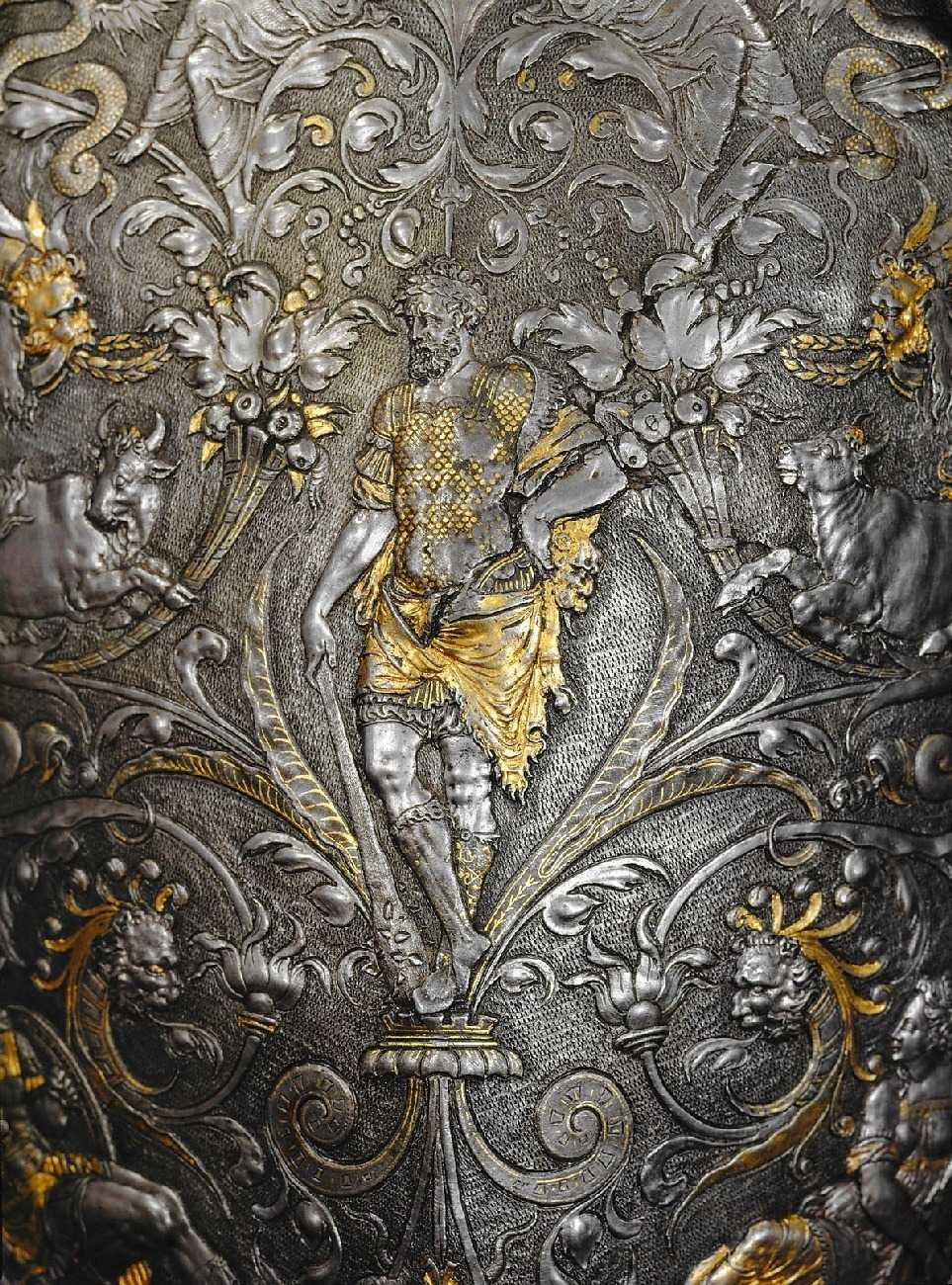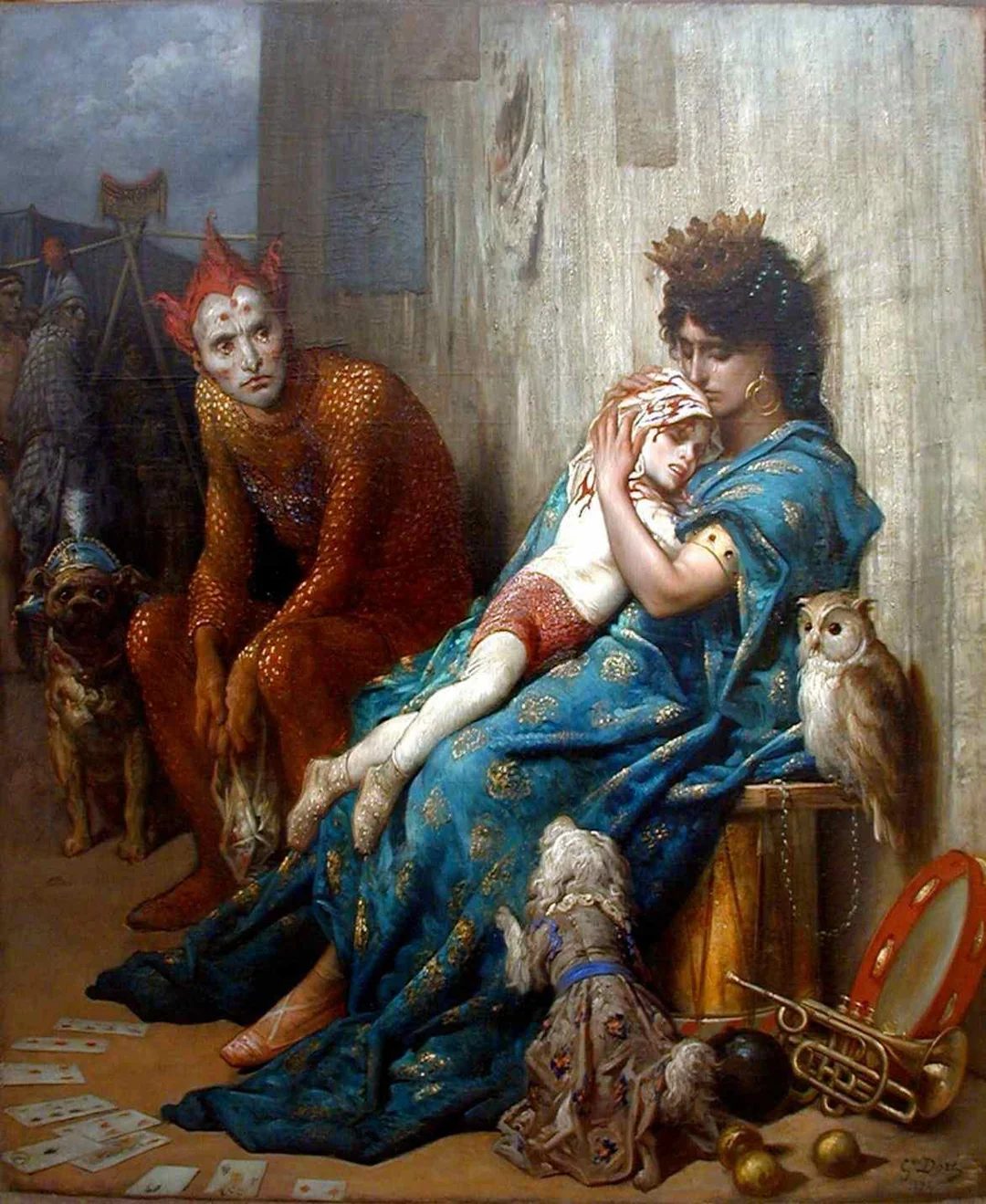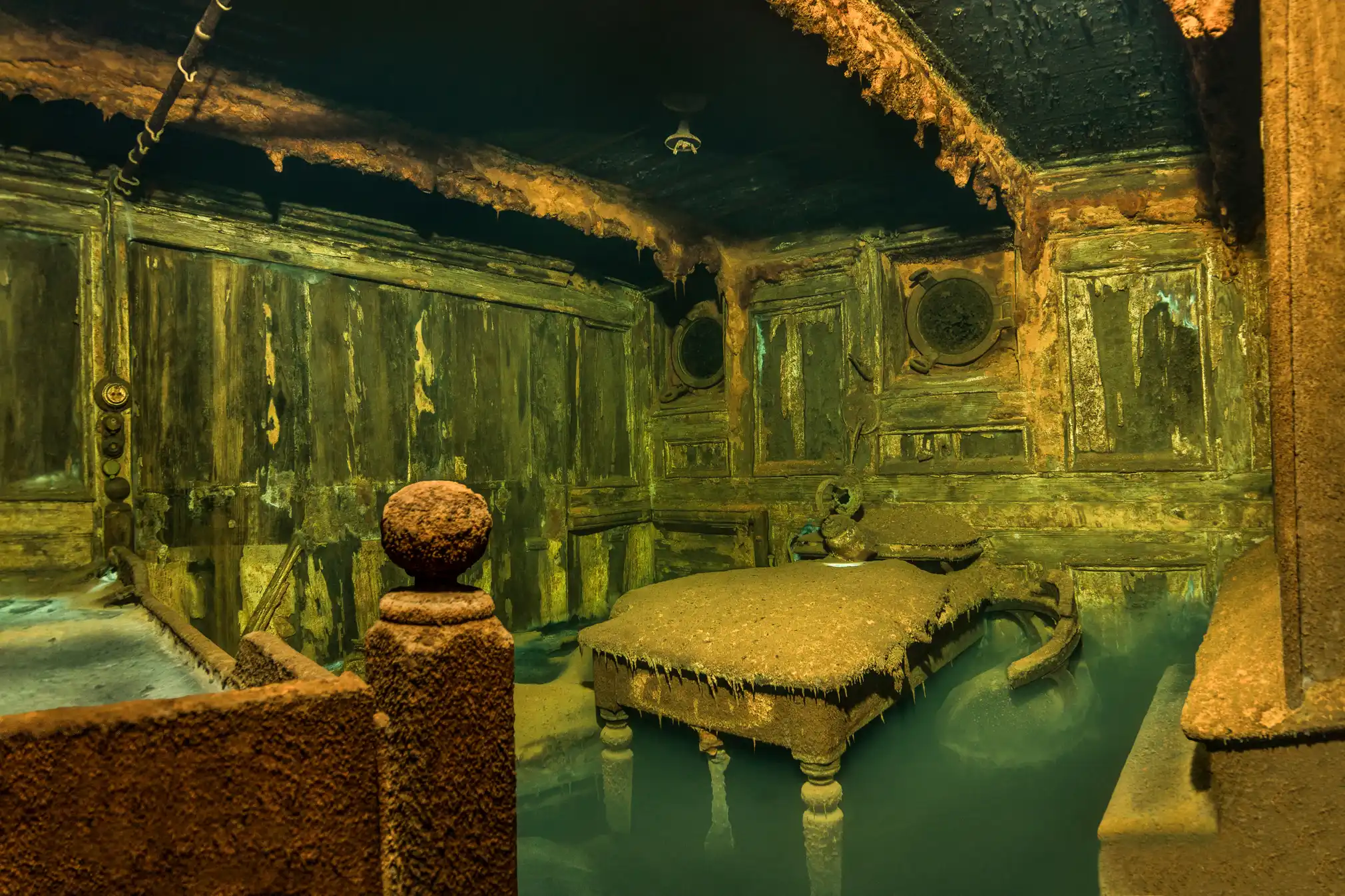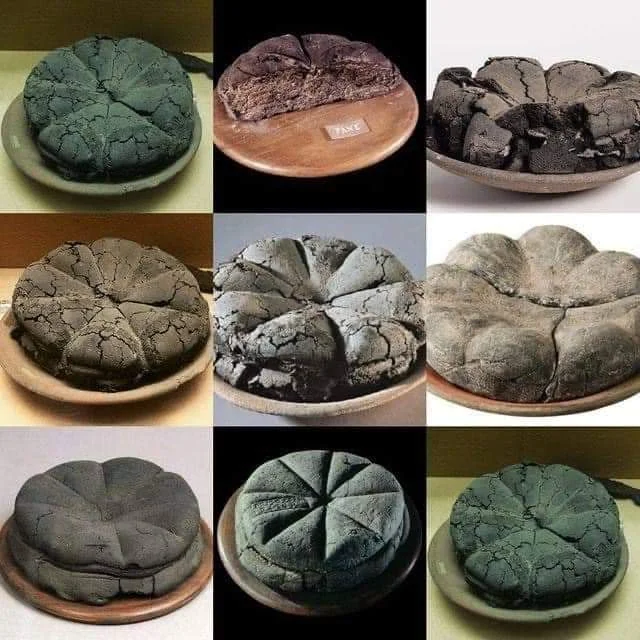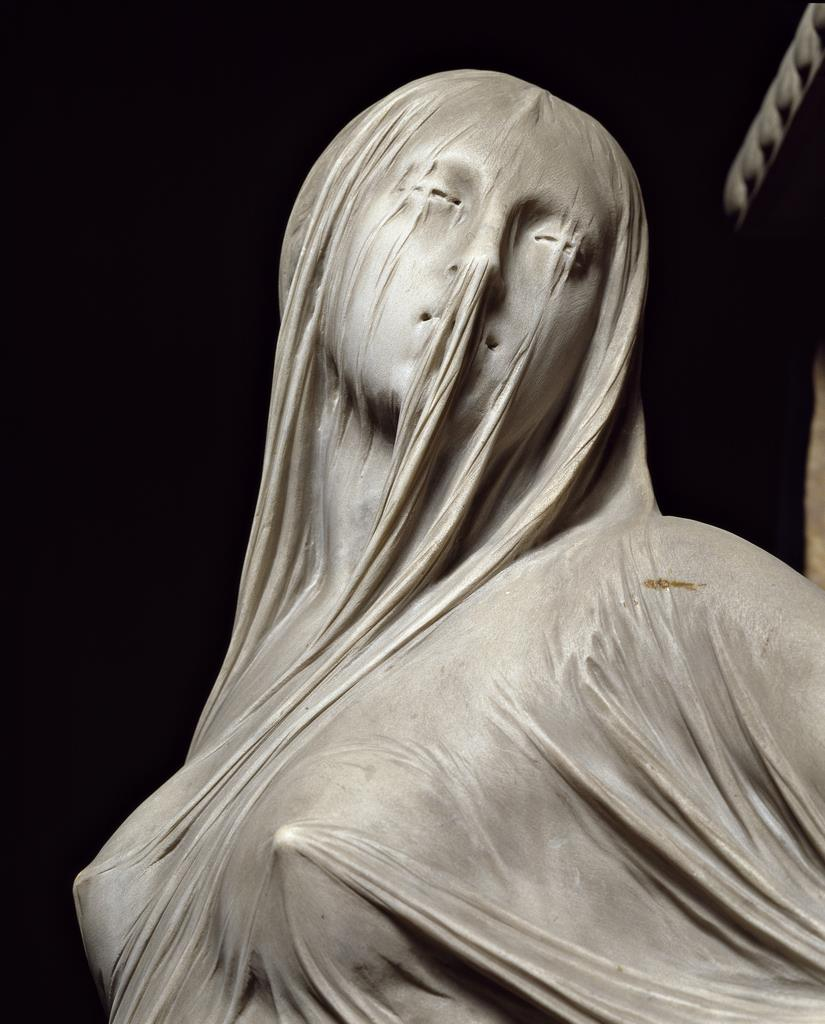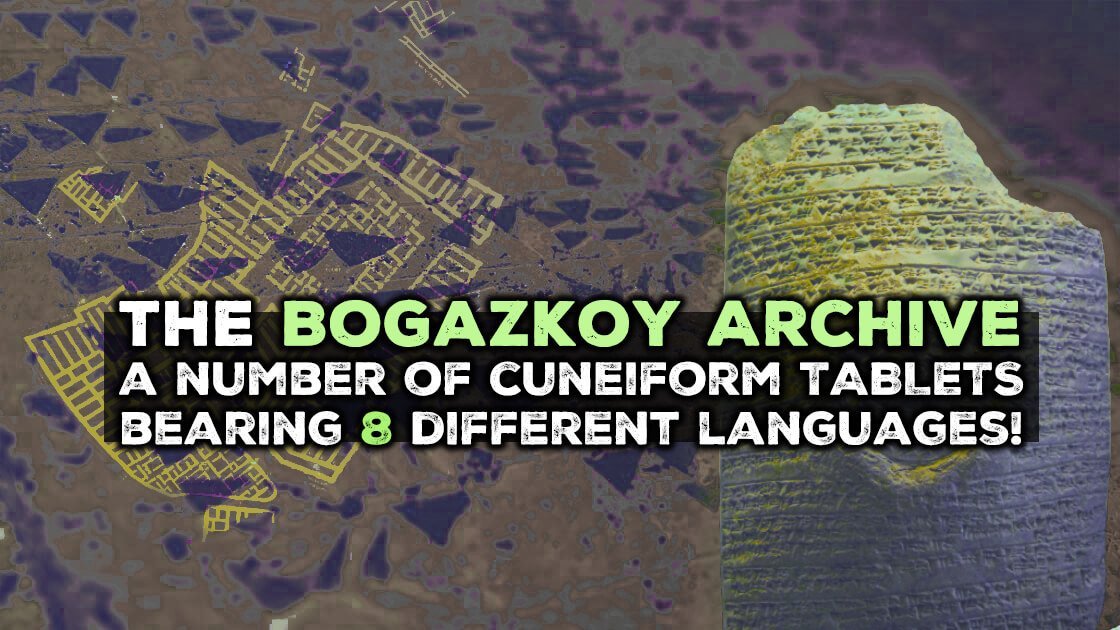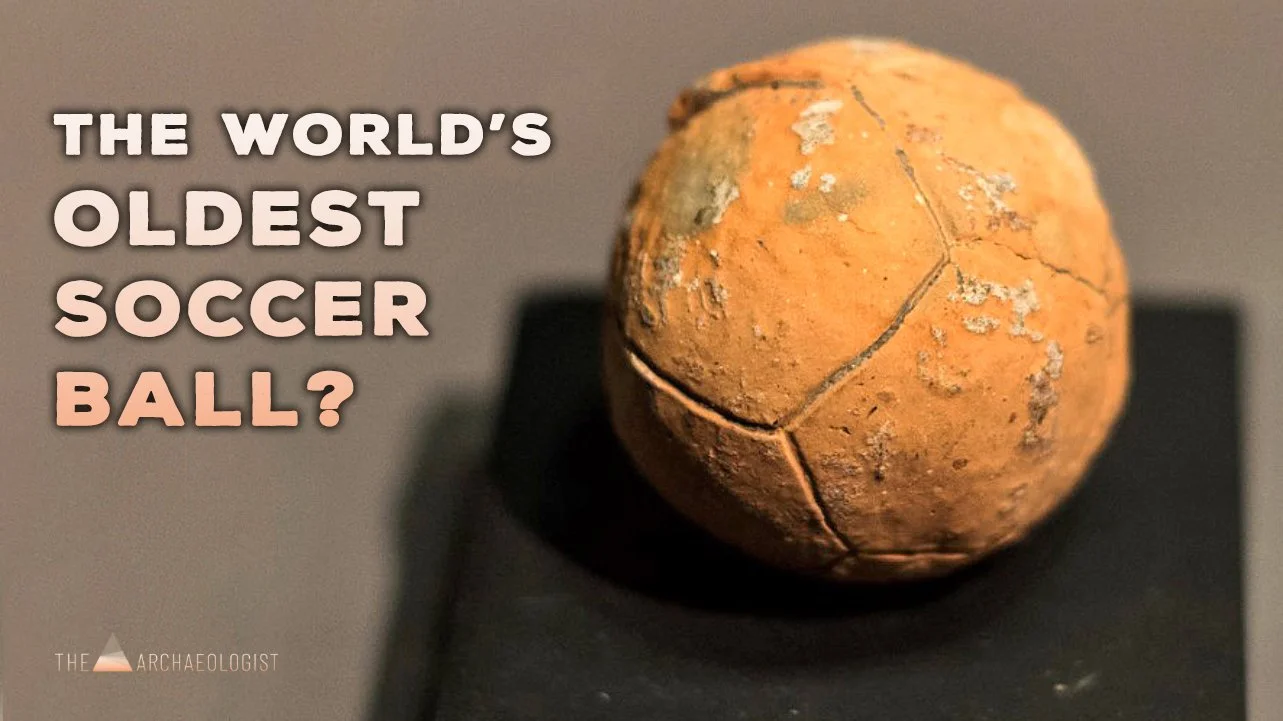As with every major religion, the emergence of Christianity in the Roman Empire precipitated an upheaval of enormous proportions, fundamentally altering the social, economic, and political fabric of the empire. This transformation, however, began gradually, gaining momentum only after a significant number of Greeks transitioned from their ancient polytheistic beliefs to Christianity. But how was Greece Christianized? This detailed exploration seeks to answer that question, tracing the intricate journey of Christianity in Greece.
Early Beginnings: Apostle Paul's Missionary Journeys
The history of Christianity in Greece can be traced back to Apostle Paul, who around 49 AD embarked on missionary journeys to cities such as Philippi, Thessaloniki, and Veria. Paul's efforts led to the formation of the first small Christian communities in Europe. During his second journey, Paul preached in Athens, where he is traditionally believed to have converted Dionysius, a member of the Athenian Areopagus, who became the first bishop of Athens. Despite these early successes, the entire population did not convert overnight. The Christianization of Greece was a protracted process that spanned several centuries and often required more than mere preaching to persuade adherents of the old gods to abandon their faith.
Catalysts for Change: The Edict of Milan and Constantine's Conversion
The Edict of Milan in 313 AD, which granted religious freedom, and Emperor Constantine's conversion to Christianity were monumental events that significantly boosted the religion's popularity. These developments led to numerous mass conversions, although Christianity had already been gaining traction in urban centers during previous centuries, even amidst periods of persecution. Contrary to some Christian sources, the victory of Christianity was not complete by the 4th century. Paganism, particularly in Greece, displayed resilience and continued to be practiced in various forms well into the Middle Ages.
Obstacles to Christianization
Several factors impeded the rapid spread of Christianity in Greece. Firstly, Greece was economically less significant compared to the Eastern provinces of the empire, resulting in fewer resources being allocated for missionary work. Additionally, the presence of strong philosophical schools and academies, which upheld pagan beliefs, acted as a formidable barrier. The lack of monasteries until the 8th century, with the notable exception of areas around Thessaloniki, further slowed the process. Monks, who played a crucial role in converting the local populace, were not present in significant numbers until later periods.
Pagan Resilience and Christian Strategies
Despite the growing influence of Christianity, pagan practices persisted, especially in Athens, a city known for its religious festivals like the Panathenaia and the Eleusinian mysteries. These festivals continued well into the 4th century, attracting large crowds and notable figures, including Neoplatonic philosophers who supported mystic cults. The gradual decline of these pagan practices was marked by events such as the closure of the Neoplatonic Academy of Athens by Emperor Justinian and the destruction of Eleusis by Alaric and his Goths in 396 AD.
Transformation of Sacred Sites
As Christianity spread, many pagan temples were repurposed or destroyed. The Parthenon, for instance, was converted into a Christian basilica, reflecting the architectural changes required for its new function. Similar transformations occurred throughout Greece, with temples like the Erechtheion and the Temple of Hephaestus being converted into churches. In many cases, Christian symbols were inscribed on repurposed materials to cleanse them of their pagan past.
The Decline of Paganism
By the end of the 5th century, many pagan centers such as Delphi, Olympia, and Epidaurus had been destroyed, and numerous statues were defaced or discarded. Pagan cults were replaced by Christian saints, angels, and martyrs, easing the transition for the local populace. The increasing social pressure and harsher policies of the Eastern Empire towards pagans further accelerated their decline.
Surviving Paganism
Remarkably, a small community of pagans persisted into the Middle Ages. The Maniots of the Mani peninsula in Laconia and Messenia retained their ancient beliefs until the reign of Emperor Basil I, who eventually baptized them. Despite this, remnants of pagan practices lingered, evidenced by the accounts of Byzantine monks like Nikon the Metanoeite and George the Hagiorite, who encountered and eradicated lingering pagan cults.
The Last Hellene: Georgius Gemistus Pletho
The title of the last Hellene is often attributed to Georgius Gemistus Pletho, a prominent philosopher of the late Byzantine era. Pletho's work "Nomoi" advocated a return to the worship of classical Hellenic gods, though by his time, such beliefs were largely symbolic, representing a nostalgic yearning for a bygone era.
Conclusion
The Christianization of Greece was a complex and multifaceted process, marked by gradual conversions, strategic repurposing of pagan sites, and the resilience of ancient beliefs. Over time, Christianity's influence became predominant, reshaping the cultural and religious landscape of Greece and leaving a profound legacy that endures to this day.
The Christianization of Greece was a complex process influenced by various factors over several centuries. Key insights into this transformation can be found through archaeological, epigraphic, and literary sources.
Archaeological and Epigraphic Evidence: The spread of Christianity in regions such as Athens, Attica, and surrounding areas is well-documented through changes in burial practices and the construction of churches and cemeteries. Analysis of Christian inscriptions, particularly funerary ones, reveals that many early Christians in Athens came from old Athenian families and were primarily artisans. Christianity's penetration into the ruling classes was slow, with significant inroads not occurring until the mid-sixth century (Bryn Mawr Classical Review).
Literary Sources and Greek Literature: Early Christian attitudes towards Greek literature varied significantly. Figures like Tatian and Tertullian were hostile towards Greek culture, whereas others like Justin Martyr and Clement of Alexandria embraced it, seeing Greek thought as a precursor to Christian doctrine. This synthesis allowed early Christian thinkers to use Greco-Roman criticism and philosophy to develop their theological ideas. Over time, this integration helped Christianity to appeal to a broader audience within the Greek-speaking world (MDPI).
Regional Variations and Influences: The spread of Christianity in Greece was not uniform. In some regions, the process was slower and met with more resistance due to the strong presence of traditional pagan practices and beliefs. However, in urban centers and regions with significant interactions with other parts of the Roman Empire, Christianity spread more rapidly (Bryn Mawr Classical Review) (MDPI).
These resources provide a detailed view of how Christianity spread throughout Greece, highlighting the interplay between local traditions and broader cultural influences. For more in-depth information, you can explore articles from Bryn Mawr Classical Review and MDPI, which discuss these topics comprehensively.




